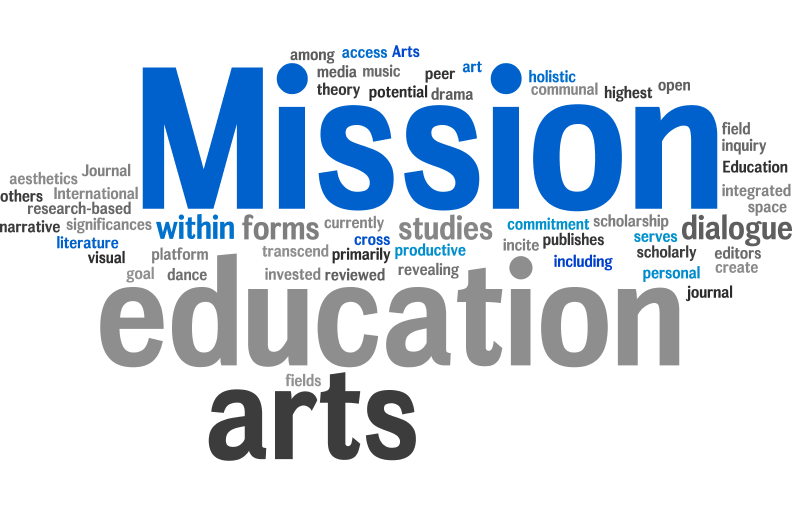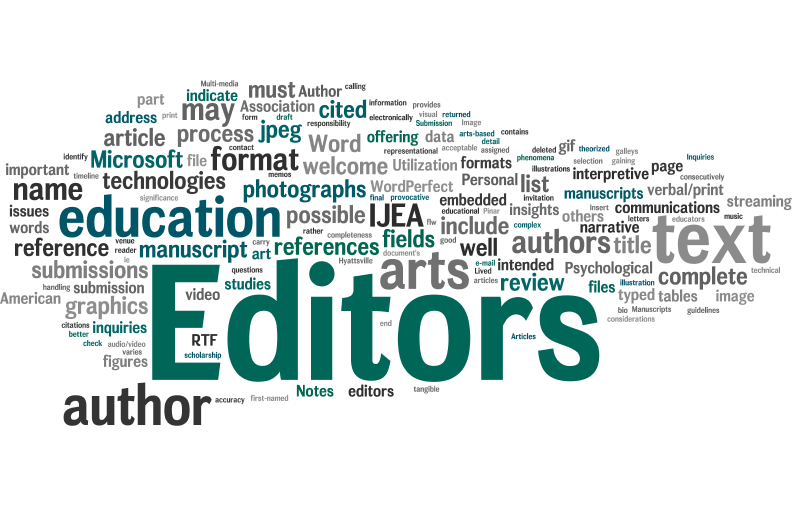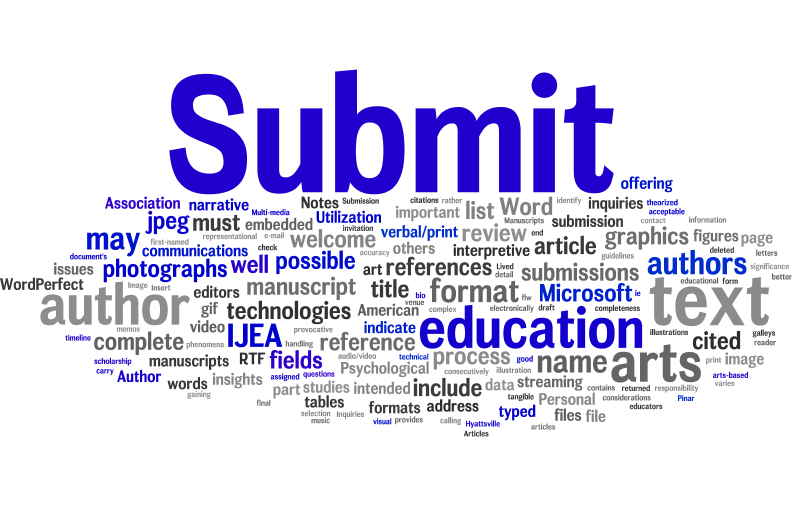| Volume 17 Number 10 | April 14, 2016 |
The Future of Homegrown Teaching Artists? Negotiating Contradictions of Professionalization in the Youth Arts and Humanities Fields
Hannah Winkler
New York, USA
Tyler Denmead
University of Illinois, Urbana-Champaign, USA
Citation: Winkler, H., & Denmead, T. (2016). The future of homegrown teaching artists? Negotiating contradictions of professionalization in the youth arts and humanities field. International Journal of Education & the Arts, 17(10). Retrieved from http://www.ijea.org/v17n10/.
Abstract
Youth arts and humanities programs are providing invaluable learning opportunities for youth participants to become what we term “homegrown teaching artists.” After several years of artistic and pedagogic development, these alumni teach youth in the same programs where they were once participants. This phenomenon has emerged at the same time that the teaching artist field has become professionalized with new credentialed pathways through higher education. This simultaneity presents a paradox. Professionalization introduces formal standards and barriers to entry into the teaching artist field at the same time that teaching artists train youth who are racialized and low-income to become teaching artists through informal pathways in youth arts and humanities programs. In other words, the professionalization of the field is at odds with its aspiration to expand and sustain youth’s right to cultural self-determination. We address this contradiction by investigating the pathways and practices of three homegrown teaching artists before turning to implications for policy and practice.
Visual Abstract




